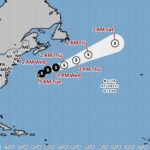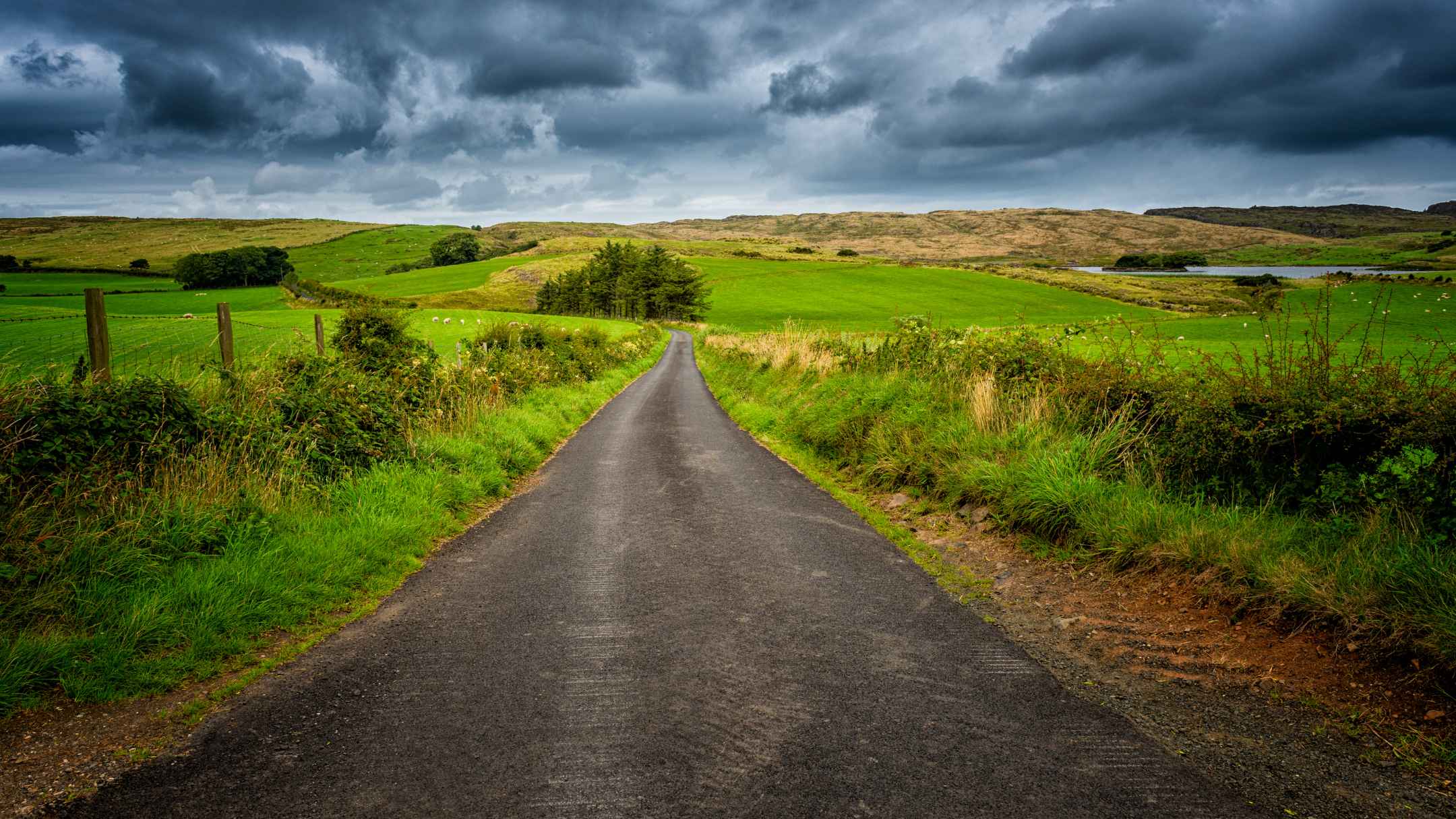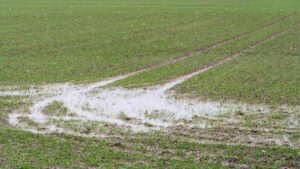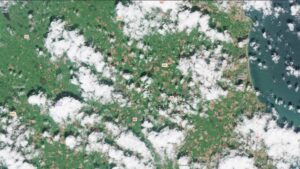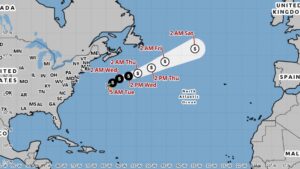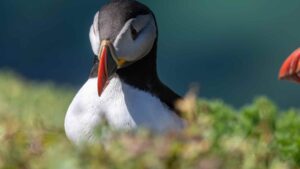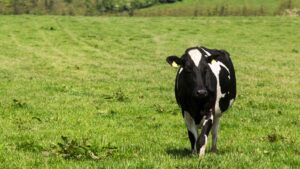
Ice Age Secrets Uncovered in Norway Cave
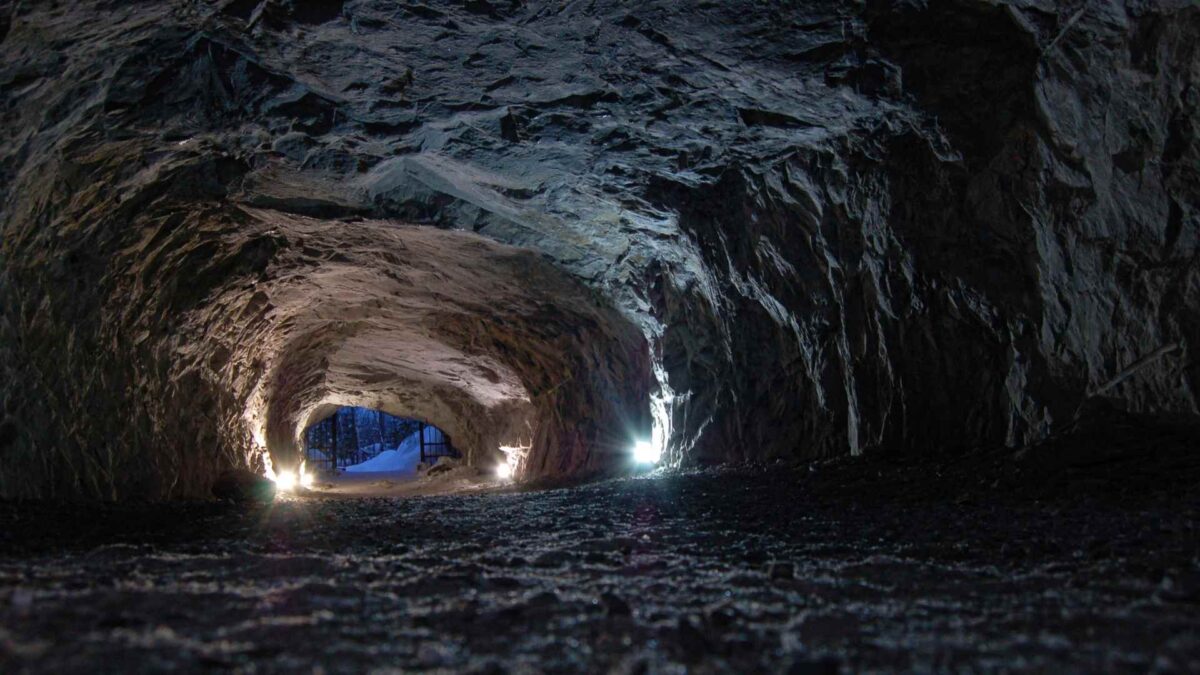
Scientists have unearthed the remains of a thriving animal community that lived along the European Arctic coast 75,000 years ago.
The discovery, made in a remote cave in Northern Norway, includes bones from 46 different species of mammals, birds and fish.
This is the oldest known example of such biodiversity in the European Arctic and offers rare insight into how animals once responded to dramatic climate shifts.
The study, published in the journal Proceedings of the National Academy of Sciences, suggests that while the region was ice-free and rich in life during a warmer period of the Ice Age, many of the species later vanished when colder conditions returned.
“These discoveries provide a rare snapshot of a vanished Arctic world,” said Dr Sam Walker, the study’s lead author from Bournemouth University and the University of Oslo. “They also highlight how vulnerable cold-adapted species can be under changing climate conditions.”
Among the species identified are polar bear, walrus, bowhead whale, reindeer, Atlantic cod, puffins and lemmings — including one type never before found in Scandinavia and now extinct in Europe.
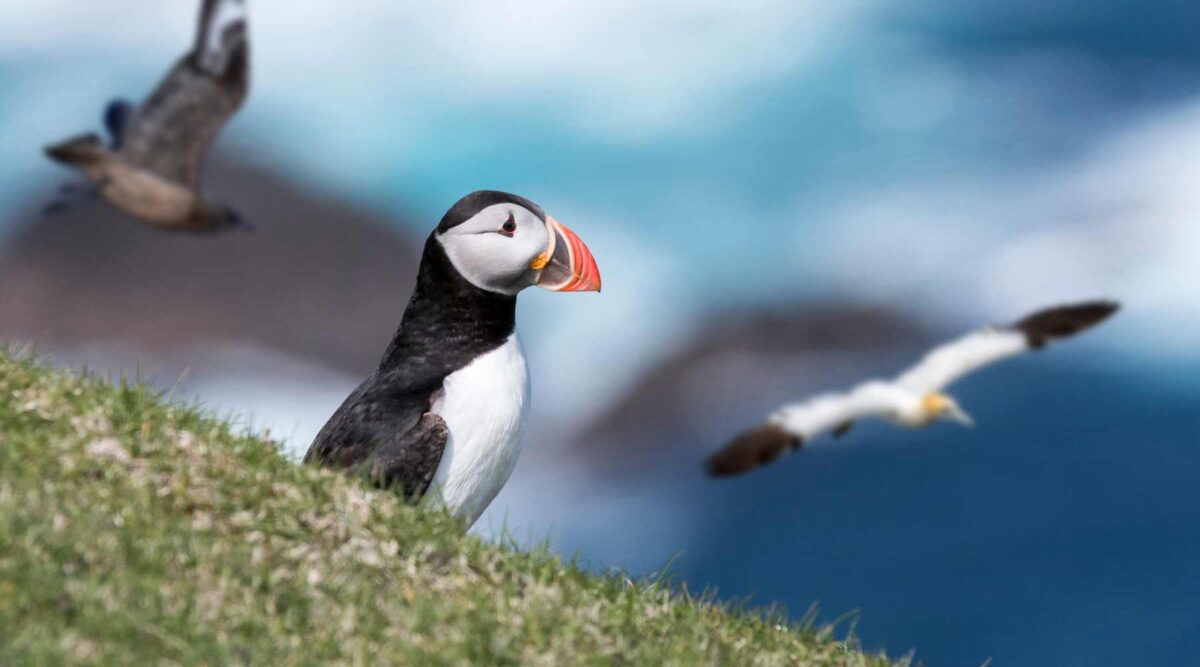
DNA tests revealed that none of the genetic lineages found in the cave survived the return of colder weather. Researchers believe the animals were unable to adapt or relocate once the glaciers advanced again.
The site, known as Arne Qvamgrotta cave, was discovered in the 1990s during mining activity, but was only properly excavated in 2021 and 2022. Its coastal location and fossil record suggest the area was once rich with lakes, rivers and seasonal sea ice, forming an ecosystem that supported both land and marine animals.
However, when the climate shifted, many species disappeared completely.
“This highlights how cold-adapted species struggle to cope with major climatic events,” said Dr Walker. “That challenge is even greater today, because modern habitats are more fragmented and warming is happening much faster.”
Senior author Professor Sanne Boessenkool of the University of Oslo added that the ancient extinction event was triggered by cooling — yet the same species are now under threat from rapid warming.
“If these animals struggled with past cold periods, it will be even harder for them to adapt to the warming climate we are seeing today,” she said.
The research was carried out by an international team from the University of Oslo, Bournemouth University, the University Museum of Bergen, the Norwegian University of Life Sciences and other institutions.
Share this WeathÉire story:




